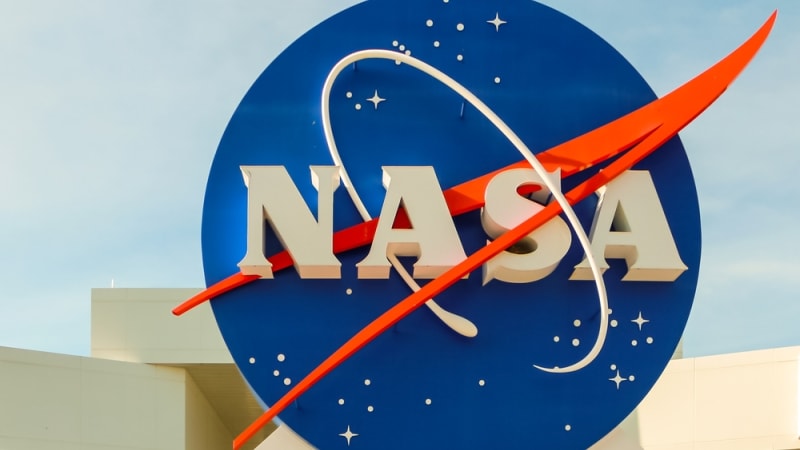
NASA scientists have developed a new device that could transform how quantum computers that are located thousands of miles apart exchange large quantities of data.
According to the agency’s March 2 announcement, no other dedicated quantum communications network has achieved the rate and precision that NASA’s detector has, allowing quantum computers to communicate over long distances.
Scientists at NASA’s Jet Propulsion Laboratory and the California Institute of Technology created the Performance-Enhanced Array for Counting Optical Quanta (PEACOQ) detector.
It can count huge numbers of single photons – quantum particles of light – with incredible precision. “Like measuring individual droplets of water while being sprayed by a firehose,” PEACOQ can measure the precise time each photon hits it, within 100 trillionths of a second, at a rate of 1.5 billion photons per second, the agency said.
No other detector has achieved that rate.
“Transmitting quantum information over long distances has, so far, been very limited,” said PEACOQ project team member Ioana Craiciu. “A new detector technology like the PEACOQ that can measure single photons with a precision of a fraction of a nanosecond enables sending quantum information at higher rates, farther.”
According to the agency, conventional computers transmit data through telecommunication networks by making copies of the information as a series of 1s and 0s, called bits. The bits are then transmitted through cables, along optical fibers, and when received, the bits are reassembled to re-create the data that was originally transmitted.
Quantum computers communicate differently, NASA explained. They encode information as quantum bits – or qubits – in fundamental particles, such as electrons and photons, that can’t be copied and retransmitted without being destroyed. Adding to the complexity, quantum information transmitted through optical fibers via encoded photons degrades after just a few dozen miles, greatly limiting the size of any future network.
But a highly sensitive detector like PEACOQ is needed to precisely measure the time it receives each photon and deliver the data it contains.
The detector is small, measuring 13 microns – which are one-thousandth of a millimeter – across. It must be kept one degree above absolute zero, or minus 458 degrees Fahrenheit, to keep the nanowires in a superconducting state – necessary for the nanowires to turn the absorbed photons into electrical pulses delivering quantum data.
The detector is composed of 32 niobium nitride superconducting nanowires on a silicon chip with connectors fanning out. Each nanowire is 10,000 times thinner than one human hair.
“In the near term, PEACOQ will be used in lab experiments to demonstrate quantum communications at higher rates or over greater distances,” said Craiciu. “In the long term, it could provide an answer to the question of how we transmit quantum data around the world.”
